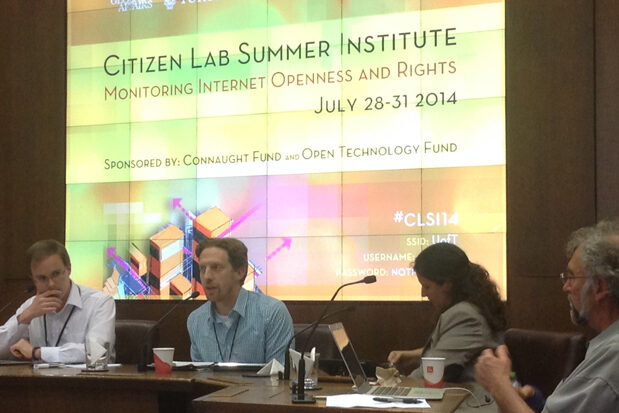“If data is the new oil, then why aren’t we taxing it like we tax oil?” That was the essence of the provocative brief that set in motion our recent 6-month research project funded by the Rockefeller Foundation. The results are detailed in the new report: Data Financing for Global Good: A Feasibility Study. The parallels between data and oil break down quickly once you start considering practicalities such as measuring and valuing data. Data is, after all, a highly heterogeneous good whose value is context-specific—very different from a commodity such as oil that can be measured and valued by the barrel. But even if the value of data can’t simply be metered and taxed, are there other ways in which the data economy could be more directly aligned with social good? Data-intensive industries already contribute to social good by producing useful services and paying taxes on their profits (though some pay regrettably little). But are there ways in which the data economy could directly finance global causes such as climate change prevention, poverty alleviation and infrastructure? Such mechanisms should not just arbitrarily siphon off money from industry, but also contribute value back to the data economy by correcting market failures and investment gaps. The potential impacts are significant: estimates value the data economy at around seven percent of GDP in rich industrialised countries, or around ten times the value of the United Nations development aid spending goal. Here’s where “data financing” comes in. It’s a term we coined that’s based on innovative financing, a concept increasingly used in the philanthropical world. Innovative financing refers to initiatives that seek to unlock private capital for the sake of global development and socially beneficial projects, which face substantial funding gaps globally. Since government funding towards addressing global challenges is not growing, the proponents of innovative financing are asking how else these critical causes could be funded. An existing example of innovative financing is the…
Are there ways in which the data economy could directly finance global causes such as climate change prevention, poverty alleviation and infrastructure?










